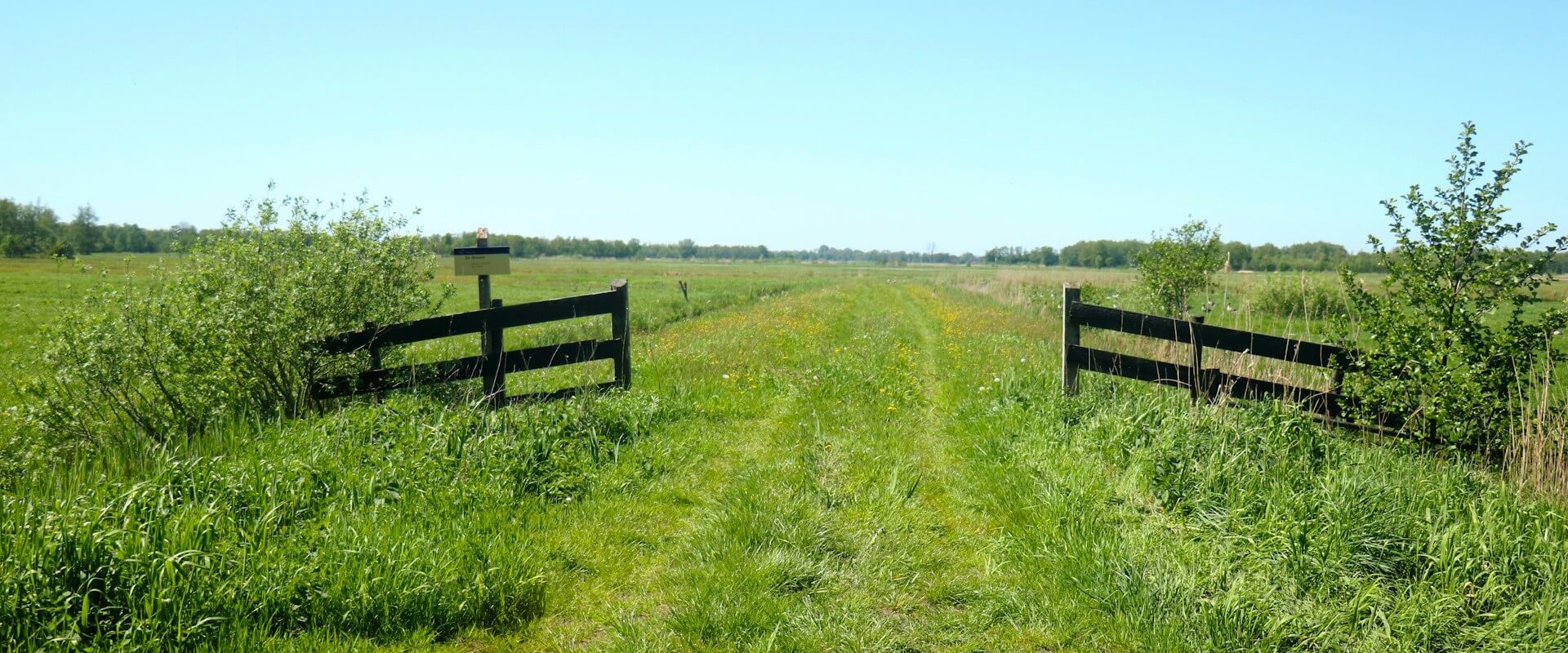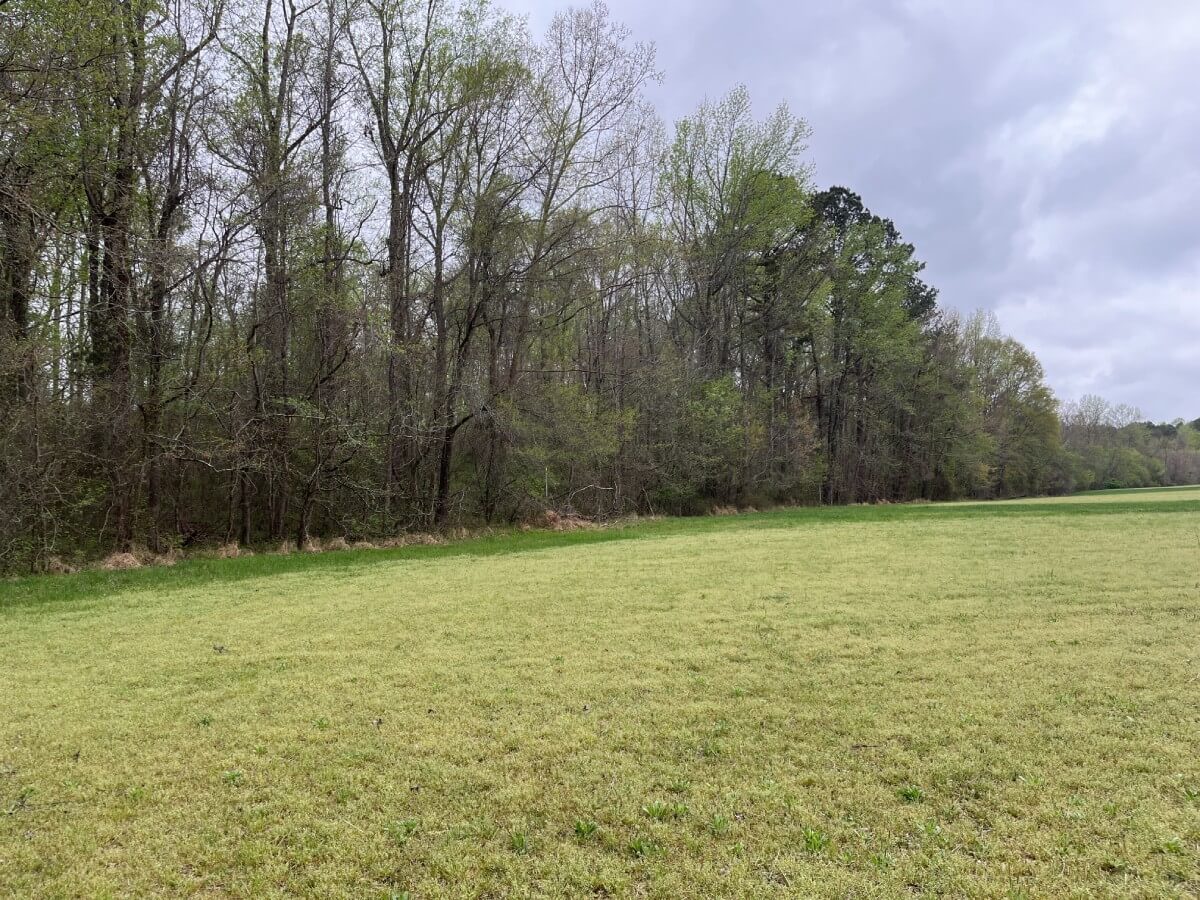While dams provide significant benefits, such as reliable water sources and energy with relatively low maintenance costs, these advantages often come at a cost to the environment. Dams can disrupt ecosystems, alter river flows, and generally diminish the natural capital that free-flowing rivers provide.
So what happens when a dam reaches the end of its useful life? Do the benefits still outweigh the environmental costs? By using a cost-benefit approach and considering the potential to restore natural capital through dam removal, we can help find answers to those questions.
What are the pros of dams?
Dams provide many important and valuable benefits to society. These benefits have made dams a cornerstone of our national infrastructure and somewhat of a national symbol for the economic innovation of FDR’s New Deal. These benefits include:
- Hydroelectric Power: Dams generate renewable energy with low emissions, supplying electricity to millions of homes and reducing reliance on fossil fuels.
- Water Storage: They provide a steady water supply for consumption, agricultural irrigation, and industrial use. Because of this, dams are critical to helping our nation navigate droughts.
- Flood Control: By regulating river flow, dams help reduce the risk of downstream flooding, though this heavily depends on proper maintenance and management.
- Recreation: Reservoirs support activities like boating, fishing, and tourism, bringing economic and social benefits to local communities.
- Navigation and Shipping: Locks and dams help manage water levels, making rivers navigable for commercial shipping, particularly in major waterways like the Mississippi.
However, as these structures age, their long-term sustainability, maintenance costs, and environmental impacts should be carefully evaluated to ensure they remain as net-benefits rather than liabilities.
What are the downsides of dams?
Dams have long been appreciated for the benefits mentioned above, but they also come with significant downsides, many of which are often overlooked.
As highlighted in this 2014 research paper from Colorado State University, water management decisions frequently fail to account for the hidden value of free-flowing rivers and their ecosystem services. This oversight has the potential to lead to long-term environmental and economic consequences.
Here are some of the significant but often overlooked downsides:
- Erosion and Habitat Loss: Sediments that would normally replenish downstream areas get trapped behind dams, leading to more downstream erosion.
- Loss of Fertility: Historically, floodplains have been some of the most productive agricultural lands. By trapping the sediment and minerals, dams can lead to long-term decreases in downstream fertility and a higher need for fertilizer.
- Worsen Extreme Flood Events: In 2022, a research team found that while dams may help moderate typical flooding events, they may actually cause even worse conditions during more extreme flows.
- Fish Movement and Habitat: Dams block the movement of fish and reduce access to habitat for species that are adapted to rivers. Some of these species, like salmon, are economically important.
- Freshwater Mussel Decline: Mussels, which depend on fish hosts to complete their life cycle, suffer when dams block fish migration and alter water flow. This reduces the mussels’ population and their water-filtering role. Partly due to dams, many freshwater mussel species are now endangered.
- Poor Water Quality: Reservoirs often have conditions that are ideal for harmful bacteria and algae. They can also be hotspots for concentrated contamination by industrial pollutants like mercury, lead, PCBS, and PFAS.
Over time, these water quality issues can threaten both wildlife and human health, driving up water treatment costs and even limiting access to clean drinking water. Many fishermen are probably aware of at least one spot where a sign like this is posted.

Combining these water quality issues with the other effects such as habitat fragmentation and increased risks of failure shows the need to reevaluate aging dams becomes even more pressing.
While dams have helped shape a century and a half of development, many are now potentially more of a burden than a benefit. Recognizing these downsides allows for smarter water management decisions that prioritize healthier rivers, stronger ecosystems, and more resilient communities.
What is the current inventory of dams in the US?
The U.S. Army Corps of Engineers estimates there are around 90,000 inventoried dams in the United States. Other organizations like American Rivers suggest that the true number may be closer to 400,000 when smaller, undocumented dams are taken into account.
Many of these structures were built in the 1800s or early 1900s, during a period of rapid industrial and agricultural expansion. With an average lifespan of 100 years, countless dams are now aging and in need of repair, replacement, or removal.
Repairing or replacing these aging dams with ones that meet modern standards comes with considerable costs. For many communities, these costs may be completely impractical and offer too little of a return on investment. Dam removal is often cited as a more cost-effective and sustainable solution.
Is dam removal a smart, cost-effective solution?
A 2009 report from the Association of State Dam Safety Officials estimated that it would cost around $417,000 (in 2025 USD) to rehabilitate a dam under 15 feet tall. In contrast, removing the same dam would cost about $194,000 (based on this study). Note that these numbers are likely conservative since dam projects often run into unexpected issues. This is especially true when dealing with built-up sediment or pollution left behind from earlier industrial use.
But beyond the lower initial cost, dam removal allows rivers to return to their natural, free-flowing state, gradually undoing many of the negative impacts mentioned earlier. One of nature’s most remarkable qualities is its ability to heal itself. Given the chance and a little time ecosystems can rebound and thrive once again.
The recent removal of four dams on the Klamath River in Oregon and northern California highlight how these additional environmental-based factors might tip the balance in favor of dam removal.
For nearly a century, the Klamath dams blocked salmon and steelhead trout from accessing a large portion of their historical spawning habitat. These dams also tended to cause harmful algae blooms and were one of the identified causes of a plummeting north pacific salmon population. Just to emphasize how dire the situation was for these populations, the current estimation is that they are just 5% of historic averages.
Upgrading these dams to allow for fish passage (an imperfect method) would have cost approximately $500 million. In contrast, removing them is projected to save PacifiCorp customers over $100 million. This value comes with the additional unaccounted for benefits of better water quality, restored habitat, and healthier salmon populations.
The Oregon dam removal is by far the largest dam removal effort in world history. On its completion in 2024, nearly 400 miles of river have been reconnected to the Pacific Ocean.
By removing barriers like these – even the smaller ones – we are making a major investment in the long-term health of our ecosystems, fisheries, and communities across the country.
View Part Two Here
Restoring and conserving land and freshwater ecosystems are essential for protecting our planet’s natural capital, and you can help make a difference. By supporting Unique Places to Save, you’re directly contributing to the protection of natural resources that benefit all of us. Your efforts help ensure these natural systems continue to provide clean water, fertile soil, and habitats for countless species.
About the Author
Sam Warnock brings in-depth experience with ecosystem services, natural capital accounting, and environmental regulations based on his time spent in the private environmental sector and his education. His experience stems from projects related to regulatory permitting, chemical analysis, and EPA compliance. He has overseen a broad range of projects across the globe with a focus on environmental sustainability.
Learn MoreWe are a trusted partner for dam removal projects to restore our rivers to their natural state
Learn More






